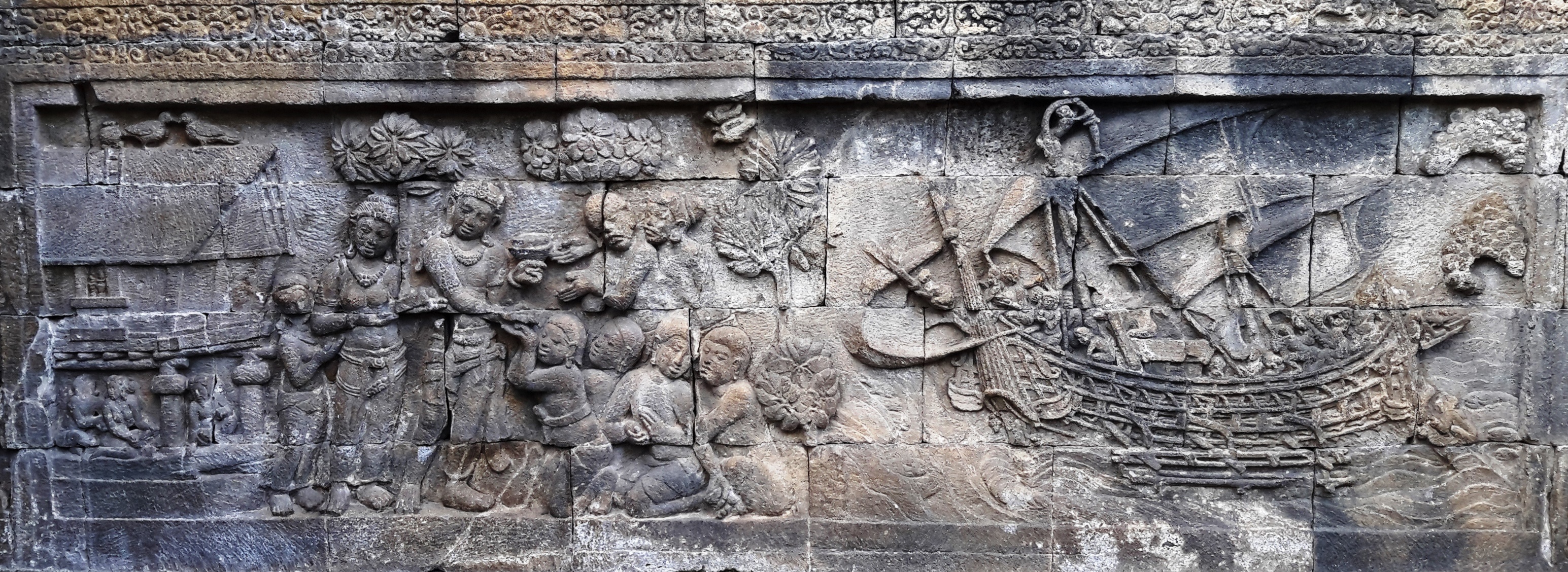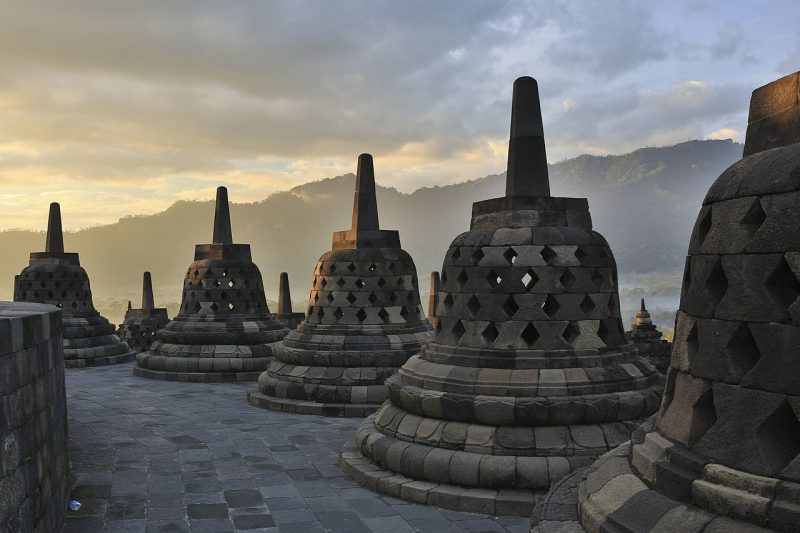We live in a vast archipelago nation alongside 129 active volcanoes. Traditional wooden houses in this region have withstood the many massive earthquakes and tremors either triggered by volcanic eruptions or tectonic plate shifts over centuries, even millennia.
How then did the early foreign cultures who inhabited this region along with the indigenous people create such long-lasting and majestic structures in the form of temples and sites of worship? What were some of the early technologies that tackled the problems surrounding the formation of these sites? The following article provides some insight into the fascinating world of ancient monument construction.
In the ancient past, strength lay in maritime trade and cities built close to the sea to take advantage of commercial or strategic military locations. The most famous of the sea-faring dynasties were the Sriwijaya and Majapahit, two kingdoms that reigned in succession from the seventh to fifteenth centuries. Sriwijaya sovereignty covered whole areas of modern-day Indonesia plus some parts of Malaysia, Singapore, Thailand, Cambodia and Brunei. Ships from the Sriwijaya period are believed to have reached the southeastern island nation of Madagascar in Africa, as indicated by DNA tests conducted there.
How was it then that the people of this maritime kingdom managed to sail 4,000 miles of the perilous sea even before European ships were able to reach the Cape of Good Hope on the southern tip of Africa? One answer might be provided by reliefs carved at Borobudur Temple.
In the eighth century, ship technology as portrayed on Borobudur’s walls featured a wooden double outrigger, a typical feature of the seafaring Austronesian vessels. These ships were created for inter-insular trade and naval voyages, which meant they needed to be fast, steady and sturdy. More recently, British adventurer Phillip Beale became fascinated by this feature and endeavoured to recreate the journey. After finishing a replica of the outrigger, he and his team sailed it from Jakarta to Madagascar and finally to Ghana thereby confirming ancient intercontinental trade was possible.

During the same dynastic period, candi (Buddhist or Hindu temple) architecture was in full swing. The construction of candi usually employed a sophisticated system of stone piling. To form joints between stones and preventing the stones from shifting they used knobs, indentations, dovetails and protrusion methods to bind stones without mortar; and corbelling to construct the roofs and arched gateways. Borobudur and Prambanan temples are solid examples utilizing these types of construction methods.
The architecture of these grand temples may have been influenced by Vastu Shastra, a traditional Hindu system of architecture. However, an early twentieth-century Dutch historian named Jan Fontein has speculated that although ancient Indonesia was indeed influenced by Indian culture, they only picked elements that aligned with their own culture, instead of absorbing indiscriminately.
The sheer dimension and the number of delicate reliefs carved on Borobudur indicate that the ancient Javanese possessed sophisticated social and political networks to coordinate and organize such a grand project, with plenty of skilful craftsmen and natural resources to support them.
Professor Agus Aris Munandar, an archaeologist from the University of Indonesia explains, “Materials to build East Java temples during Majapahit era as well as Kadiri and Singhasari – the kingdoms which predate Majapahit, consist of andesite stone, red brick, wood, bamboo, fibres, etc. The materials were retrieved from their surroundings. The temple stones are connected without mortar or glue. Instead, methods such as direct connection, chisel connection, key-stone connection, trench connection and direct-stacking were used to join the stones. With regard to temples made of red bricks, a unique procedure is applied: rubbing the surface of one brick against the other, then sprinkle some water on it.”
Also Read Bandung Heritage Walk




